Per The Air Current, Boeing has had to issue a directive to three airlines, instructing them to pull a total of eight Boeing 787 Dreamliner aircraft that were delivered fairly recently. The affected airlines are United, Air Canada, and Singapore Airlines. The cause of the issues has to do with two separate issues with the carbon-fiber fuselage that, combined, could potentially cause the aircraft to fail.
Boeing was able to identify which aircraft have both defects by going through manufacturing data. Only eight planes were confirmed to have the defects, and Boeing has had the airlines ground them until they can be fixed. A single defect alone doesn’t seem to present a problem to the 787s airworthiness, according to Boeing.
Not the First Boeing 787 Problems
This isn’t the first issue that has cropped up for the Boeing 787. The early years saw issues with fuel leaks and battery problems. Wiring was also a problem, resulting in a fire on a grounded plane. Two JAL 787s had back-to-back issues on flights from Boston. The years from 2013-2014 weren’t good for the Dreamliner.
Not that we shouldn’t expect aircraft, especially new ones, to not have any issues. Aircraft design and testing is rigorous, but it isn’t infallible. We just don’t expect it to result in catastrophic failure. The years since 2013 have shown that the Boeing 787 as an airworthy and effective passenger jet. Boeing will hit their 1,000th delivery sometime this year (I think? Maybe? COVID-19 might kill that…).
Yet Boeing Has Continued Issues
Unless you were living under a rock, the big news last year was the global grounding of Boeing’s newest narrow-body jet, the 737MAX series. After two horrible fatal crashes, it was revealed that there were major problems with Boeing’s newest jet. Boeing is looking to return this bird to service after reporting fixing the problems with the Maneuvering Characteristics Augmentation System. What a world to return the MAX to. No one could have foreseen that we’d have a major surplus in commercial aircraft in 2020.
What’s far more concerning are the reports of continued shoddy workmanship and manufacturing at Boeing. The 737MAX issues were mostly a design (and cover-up) issue. The Boeing 787 problems continue to stem from issues with parts and assembly processes. There is one former Boeing 787 manager who grew so concerned that he urged his family not to fly on a 787.
Still, the Dreamliner has a good track record. There are hundreds of the aircraft in service, and there have only been a handful of incidents with the aircraft. To date, we still haven’t had a Boeing 787 crash since entering passenger service in 2011. I’d say that’s pretty good.
Final Thoughts
What concerns me most is the culture at Boeing. The company is in the “too big to fail” category of U.S. mega-corporations, which does not incentivize change. With many important government contracts and being one of only two major commercial aircraft manufacturers in the world, failure of Boeing would be catastrophic to multiple sectors.
But change is needed to both their design and manufacturing processes, that much is certain. As long as Boeing is up front with airlines and passengers when problems arise, fixes them promptly, and makes changes on the back end, I’ll be satisfied. Commercial air travel has been plenty safe over the past decades. I just want it to remain so.





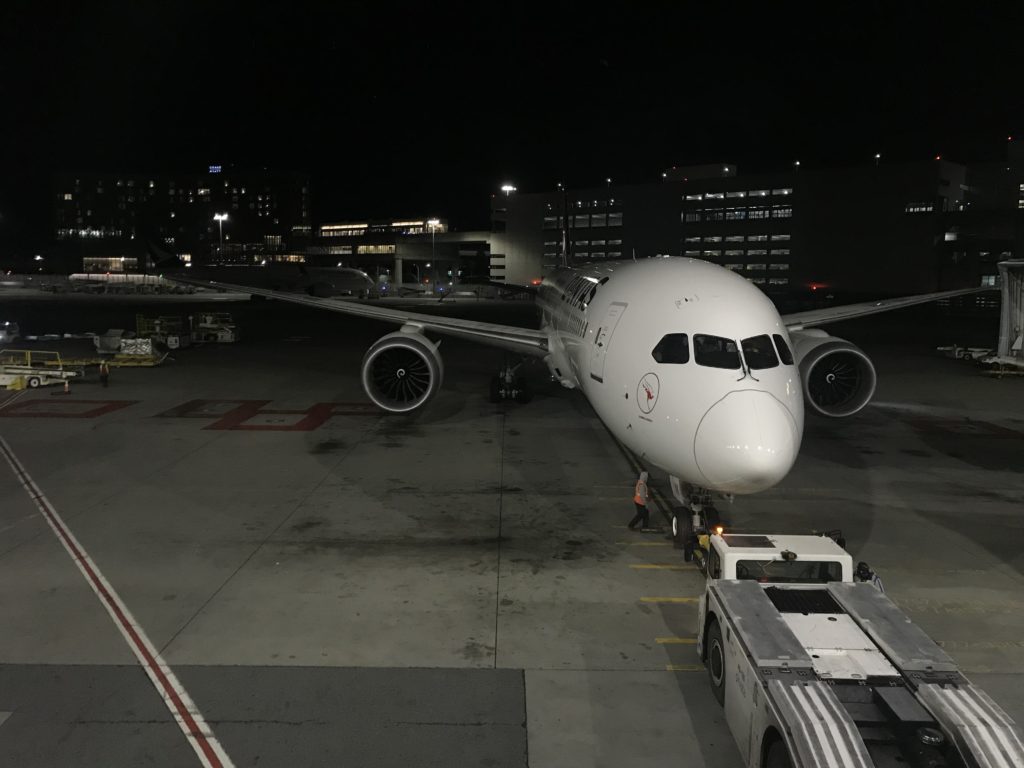
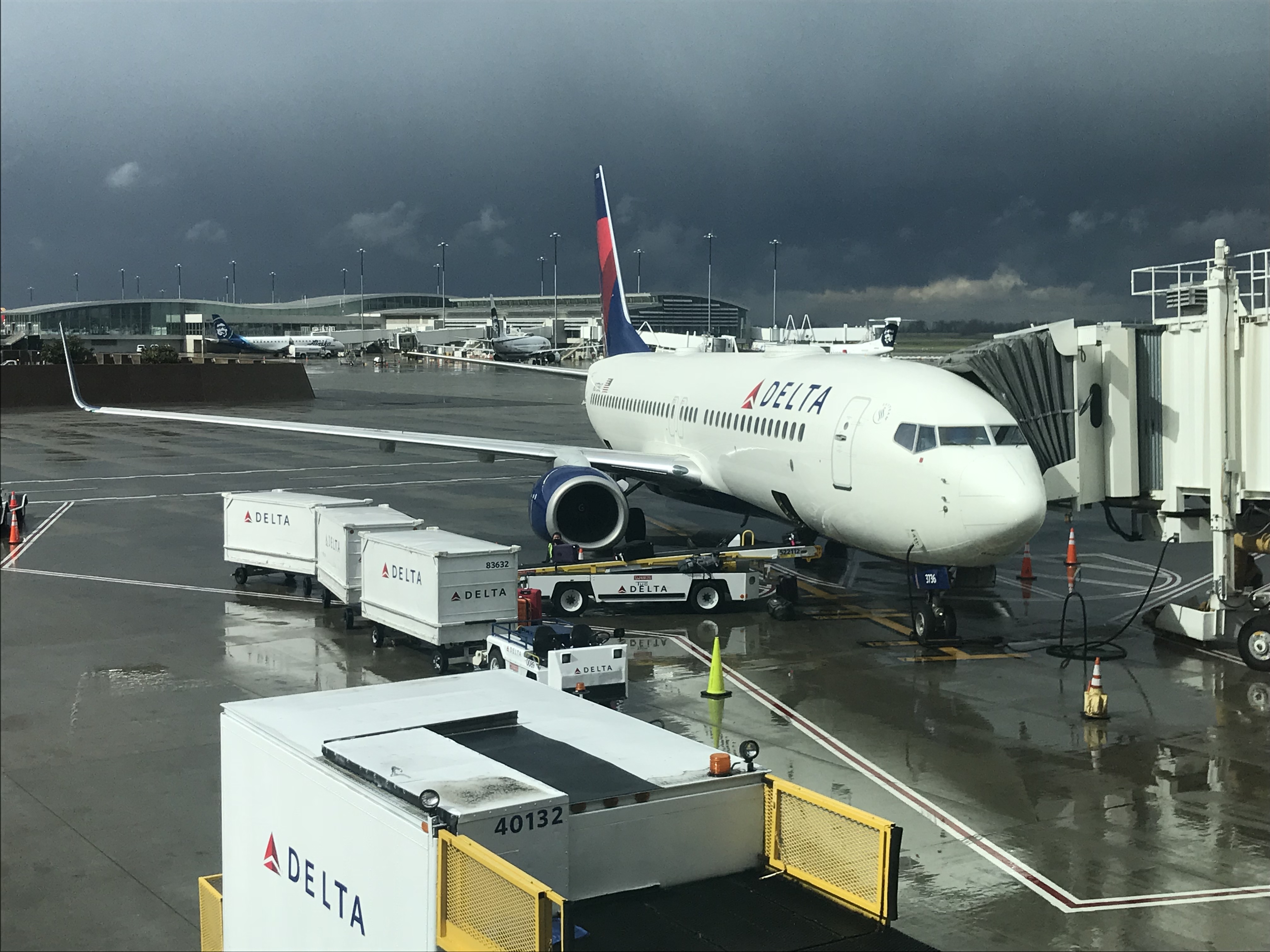

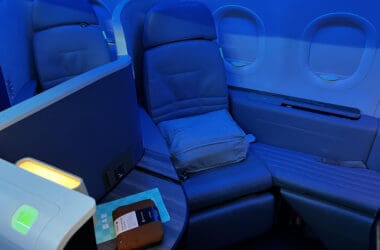
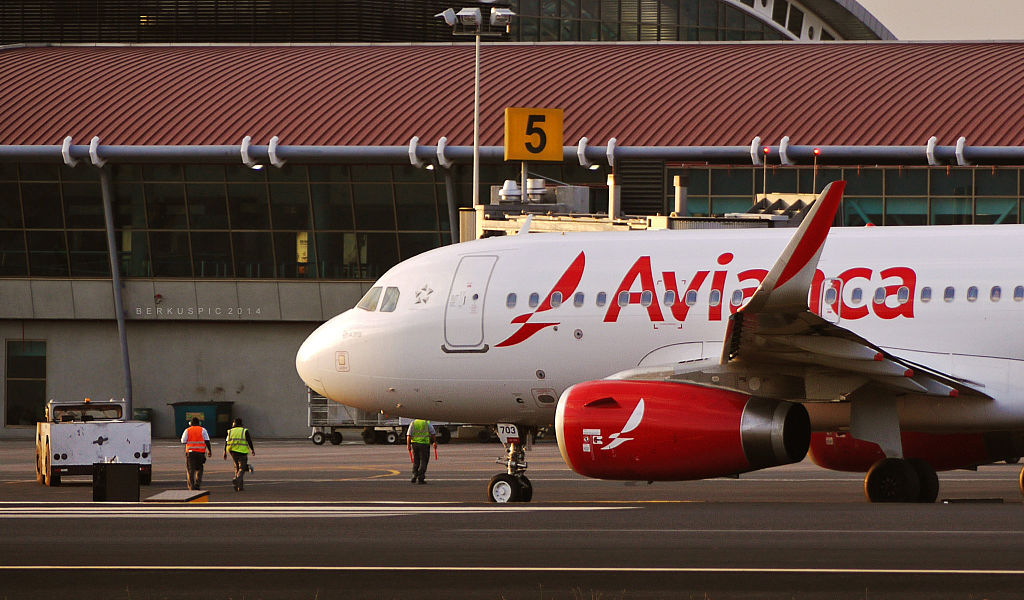


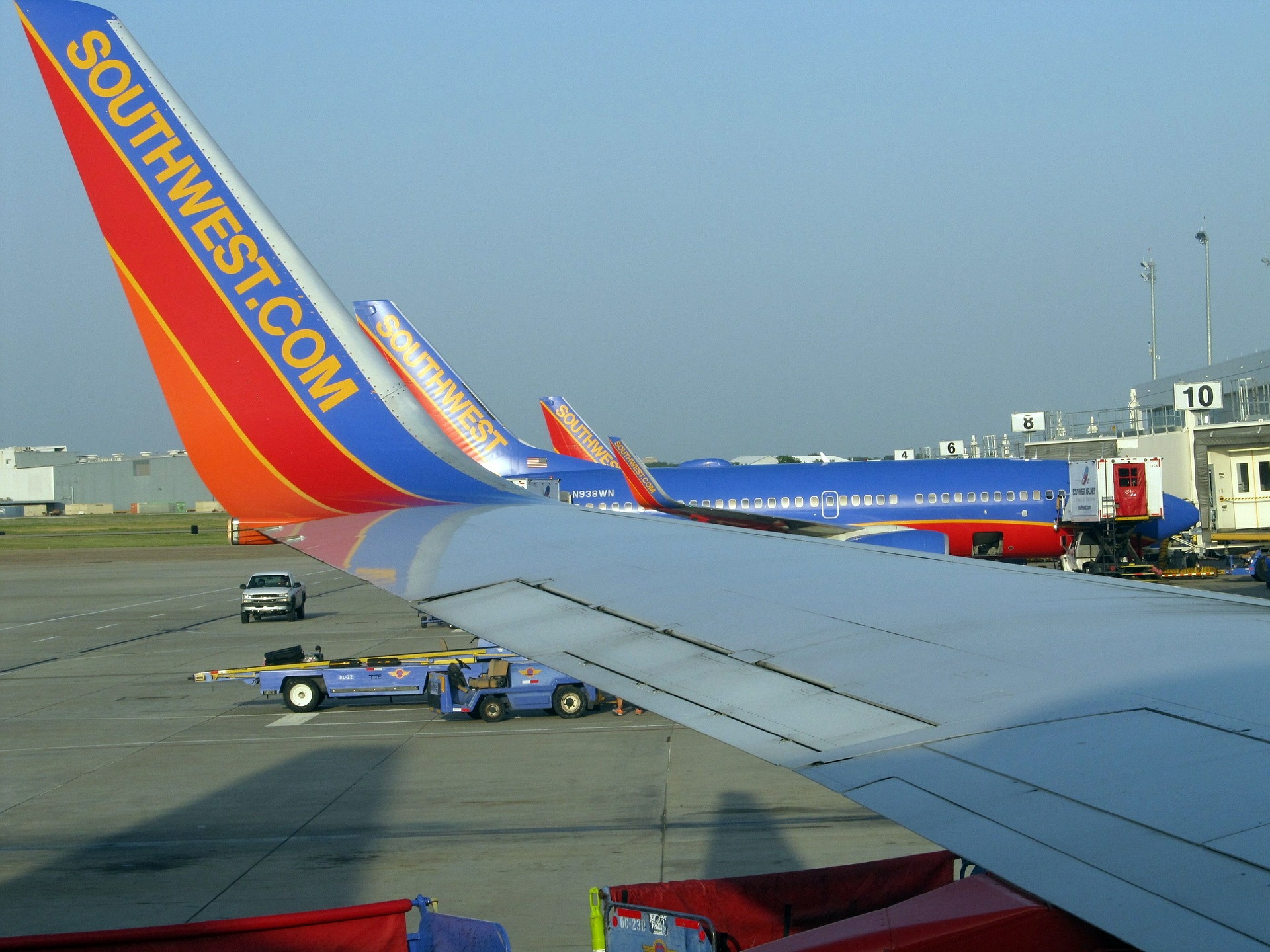
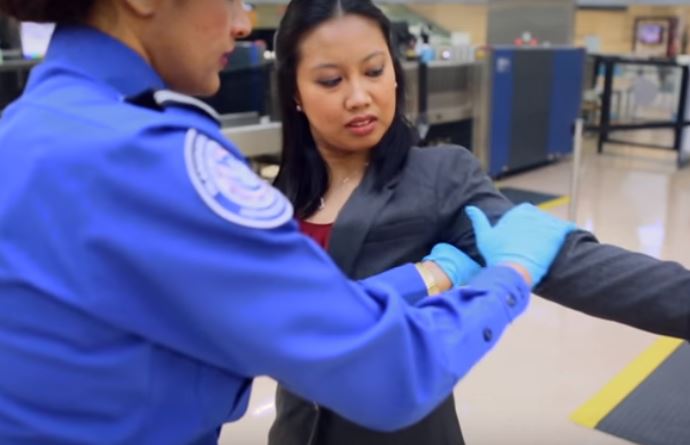
remember when boeing made great
airplanes? boeing obviously doesn’t
So sad, so true.
Boeing continues to stumble at what point does the “too big to fail” become a burden? As an ex USAF flyer I for one would call for a complete investigation at BA from management down to the production floor, there is something going on there and frankly not happy about it. It took them years to convert the tried and true 767 airframe to a taker version, millions in cost overruns and they still can’t get it right. I think we need to look at AB for our military needs.
They used to be one of those “pinnacle” U.S. companies. I agree that a thorough investigation is necessary at this point. “Too big to fail” can definitely become a burden.